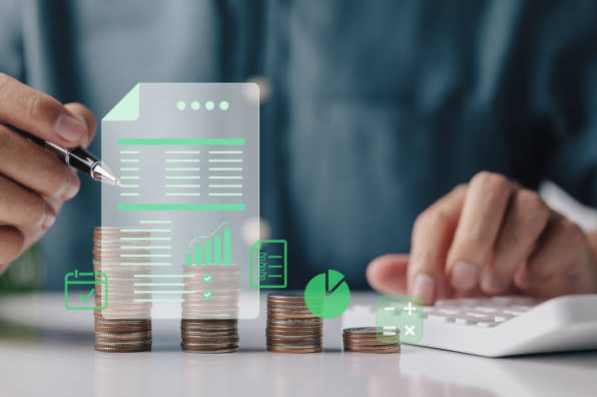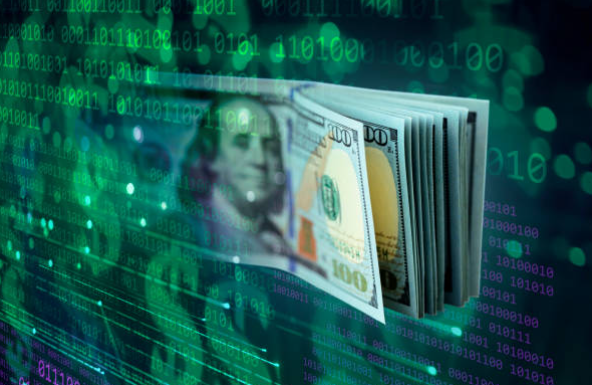Barack Obama’s presidency introduced targeted economic initiatives, including impactful loan programs addressing key issues. Among these were measures supporting student loan relief and small businesses. In this article, we explore specific Obama loans for single mothers, examining their role in fostering economic growth. Join us to understand how these initiatives have shaped our economic landscape.
Assessing The Long-Term Impact Of Obamas Loan Program
Obama’s Loan Program, implemented during his presidency, continues to shape the nation’s economic landscape. Designed to spur recovery and enhance access to credit, the program’s lasting implications warrant scrutiny.

Proponents laud its role in fostering financial inclusivity, while critics express concerns about potential long-term consequences, such as rising national debt.
A nuanced evaluation is essential to understand the enduring impact of this initiative and inform future policy decisions.
Unpacking The Programs On Obamas Loan
Student Loan Relief Initiatives
During his time in office, President Obama introduced several student obamas loan relief initiatives to alleviate the burden of student loan debt on millions of Americans. These programs aimed to make higher education more affordable and accessible.
1. Income-Driven Repayment Plans: Obama expanded income-driven repayment plans, such as Income-Based Repayment (IBR) and Pay As You Earn (PAYE). These plans capped monthly loan payments at a percentage of the borrower’s income, making loan repayment more manageable.
2. Public Service Loan Forgiveness (PSLF): The PSLF program was established to forgive remaining student obamas loan balances for borrowers working in public service or nonprofit jobs after making 120 qualifying payments.
3. College Cost Reduction and Access Act (CCRAA): This legislation increased Pell Grants and lowered interest rates on subsidized federal student loans, making higher education more affordable for low-income students.
4. Student Loan Forgiveness for Veterans: Special provisions were made to provide loan forgiveness to veterans who became totally and permanently disabled due to their service.
5. Expansion of Federal Work-Study Programs: These programs provided part-time jobs to undergraduate students with financial need, allowing them to earn money to help pay education expenses.
Related Links: Single Mother Loan Forgiveness
Small Business Loan Initiatives
Small businesses are the backbone of the American economy, and President Obama recognized their importance by implementing various initiatives to support their growth and sustainability.
1. Small Business Jobs Act: This act provided tax incentives and increased access to capital for small businesses. It also enhanced Small Business Administration (SBA) lending programs, making it easier for entrepreneurs to secure loans.
2. State Small Business Credit Initiative (SSBCI): This program allocated federal funds to states to support small businesses by providing access to capital, particularly for startups and businesses in underserved communities.
3. America’s Recovery Capital (ARC) Loans: These loans were aimed at helping small businesses facing temporary financial hardship during the economic downturn. They provided low-interest obamas loans to help these businesses survive and recover.
4. Increased Contracting Opportunities: Efforts were made to increase the percentage of federal contracts awarded to small businesses, promoting economic growth in this sector.
Long-Term Economic Impact
Student Loan Debt
1. Reduced Financial Stress: Obama’s student obamas loan relief initiatives have provided significant relief to borrowers. By capping monthly payments based on income, many graduates have been able to better manage their finances and reduce the stress associated with high student loan debt.

2. Increased Access to Higher Education: The expansion of Pell Grants and lower interest rates on subsidized loans has made higher education more accessible to low-income students. This, in turn, has the potential to increase overall educational attainment levels in the long term.
3. Potential Economic Stimulus: As borrowers have more disposable income due to reduced loan payments, they may have increased spending capacity, potentially contributing to economic growth.
4. Improved Credit Scores: Many borrowers have seen improvements in their credit scores as they successfully make on-time payments through income-driven repayment plans, which can have long-term financial benefits.
Small Business Growth
1. Job Creation: The Small Business Jobs Act and SSBCI programs have supported job creation by providing small businesses with the resources needed to expand and hire more employees. Small businesses are a significant source of job opportunities in the United States.
2. Entrepreneurship: Access to capital through SBA lending programs and ARC loans has encouraged entrepreneurship. Many successful businesses that started during the Obama administration continue to thrive and contribute to the economy.
3. Community Development: Small businesses often play a crucial role in revitalizing underserved communities. These initiatives have helped inject much-needed capital into these areas, fostering community development.
4. Innovation and Technology: Many small businesses in the technology and innovation sectors have benefited from increased access to capital. These businesses have contributed to advancements in various industries, further strengthening the economy.
Long-Term Implications And Challenges
While the Obama administration’s loan programs have had positive long-term impacts, challenges and concerns remain.
Student Loan Debt
1. Outstanding Student Loan Debt: Despite relief initiatives, outstanding student loan debt in the United States continues to rise. It is essential to address the root causes of the rising cost of education to prevent future debt crises.

2. Income Inequality: While income-driven repayment plans help lower-income borrowers, there is a need to address broader issues of income inequality that contribute to student loan debt disparities.
3. Sustainability of Loan Forgiveness Programs: The long-term sustainability of loan forgiveness programs, such as PSLF, may require ongoing evaluation and adjustments to ensure their effectiveness.
Read more: Why do Single Mothers Struggle with School Loan Repayment?
Small Business Growth
1. Access to Capital: While access to capital has improved, disparities in access persist, with minority-owned businesses facing greater challenges in securing obamas loans.
2. Regulatory Environment: Small businesses often face regulatory hurdles that can stifle growth. Continued efforts to streamline regulations and reduce administrative burdens are crucial.
3. Economic Shocks: Small businesses, particularly startups, remain vulnerable to economic shocks. Preparing for economic downturns and ensuring resilience is an ongoing challenge.
Conclusion
In summary, Barack Obama’s loan programs, addressing student debt and supporting small businesses, have left a lasting impact on the U.S. economy. They eased student debt, expanded education access, and fueled small business growth, contributing to job creation. Beyond immediate effects, these initiatives highlight the ongoing role of government in fostering economic resilience and inclusivity. As the nation faces new challenges, these programs serve as inspiration for innovative solutions, ensuring a brighter future for all.
